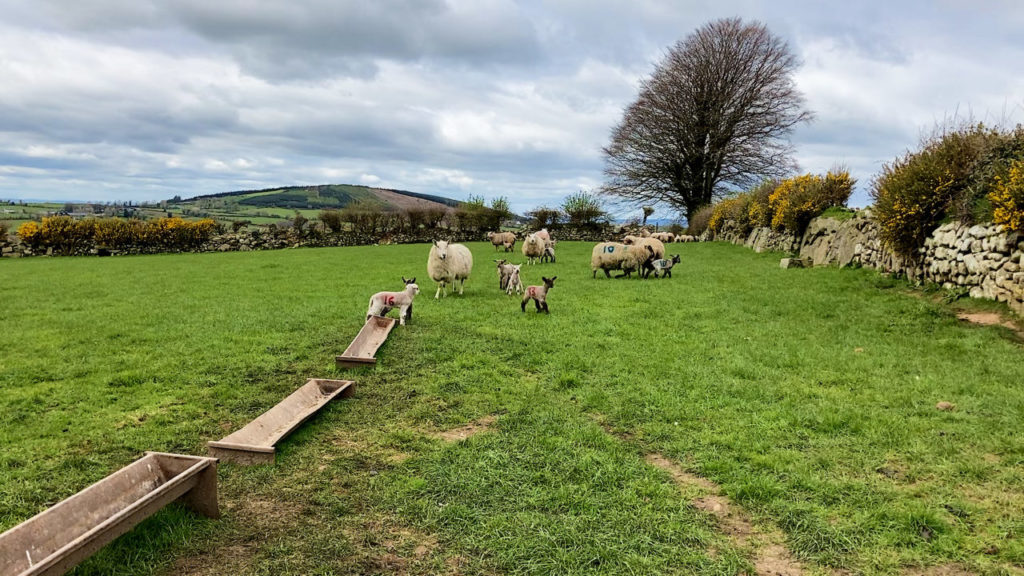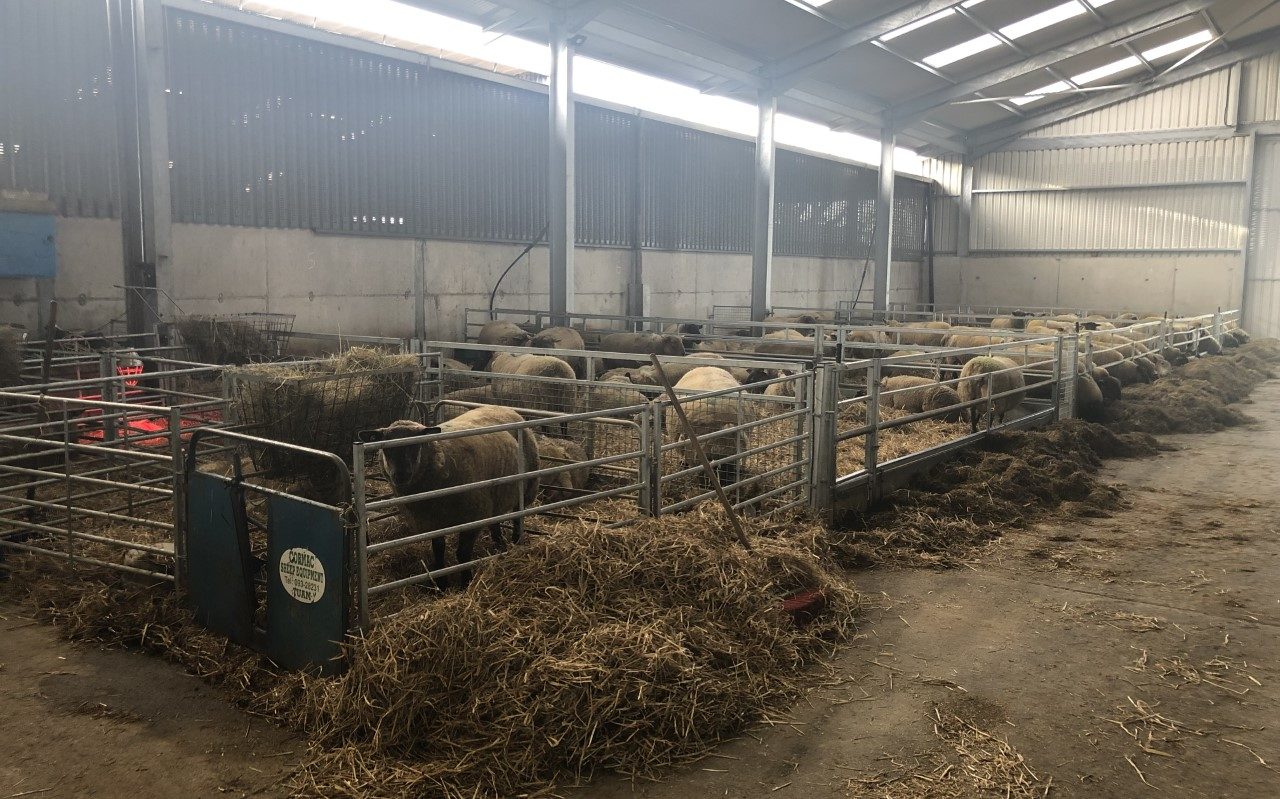As the dust settles on the lambing season, now is a good time – while it is fresh in the memory – to look back on the 2021 lambing period and evaluate it.
For many farms across the country, springtime posed a significant challenge in terms of the poor weather, which subsequently led to poor grass growth rates. Even still, grass has yet to really kick-on, as the weather remains cold.
It can be quick to forget about lambing, especially if it didn’t run smoothly. By looking back now, farmers will be able to identify practices that worked well, or that didn’t turn out so good, and also areas that can be improved on.
A couple of areas that farmers could look back on and take note of are:
- Grassland management;
- Lambing date;
- Feeding regime;
- Problem ewes;
- Facilities;
- Feed supplies.
Grassland management
With February, March and even April posing many problems for sheep farms due to the poor weather conditions and grass growth rates, the importance of having fields/paddocks closed-up in time was never as important.
Farmers who did close up fields in time, and had grass supplies in spring when ewes had lambed down, were under less pressure and didn’t have to supplement as much concentrates as farmers who didn’t have grass saved.
If it was a case that you were tight for grass in spring because you continued to graze fields into the wintertime, then you need to think about closing paddocks earlier, so that you have a sufficient supply of grass to sustain ewe and lambs in early-lactation.

Lambing date
This year, some farmers may have changed their lambing date by either pulling it forward or pushing it out. From speaking to farmers, many seemed to have pulled their lambing dates forward.
Either way, if you changed your lambing date it is important to evaluate how it went, and whether or not you will stick with it again next year.
By changing your lambing date, a number of factors will come into play that will also need to be altered, such as when paddocks will need to be closed and whether or not you will have enough feed to get you through the housing period.
Feeding regime
Looking back on the lambing season, you have to ask yourself; did the feeding programme that I implemented work well?
Factors such as: Ewes lambing down in good condition; having plenty of colostrum; no health issues; and having optimum-sized lambs will indicate that ewes were well-fed.
However, if it’s a case that ewes fell short in any of these areas, then your feeding programme should be evaluated to see where improvements can be made.
If everything went to plan and there were no problems, then farmers should look to carrying out the same feeding plan and, if possible, try and improve on it.

Problem ewes
A big area that some farmers may fall short on is marking ewes that they don’t intend on breeding again.
At lambing time it is vital to take note of, and mark any ewes that had caused problems throughout the housing and lambing period, or that you don’t want to breed again, so that they don’t fall through cracks and are run with the ram again.
These ewes, more than likely, will only cause problems again. By simply taking note or marking/tagging them, it will make them easy to identify and cull later in the season.
‘Problem’ ewes will reduce the profitability of the enterprise and take up precious time during busy periods of the year, so the sooner they are culled and replaced with a suitable replacement, the better it will be.
Facilities
This year, some farms may have increased the number of ewes they lambed down, so it’s important to evaluate how this went.
It is vital to look back and see whether or not this increase in ewe numbers put too much pressure on the existing facilities and workload.

Feed supplies
A very important factor to look back on was whether or not you had enough feed to get you through the housing period. If its a case that feed had to be bought in, then you may need to look at making more silage this summer.
It may be just a case where ewes were housed earlier (which was the situation on many farms) than previous years, and that wasn’t taken into account when silage was being made.
Or perhaps it was because the wet spring made turnout to grass )which again was also the case this spring) too difficult, and ewes had to be fed silage for longer than expected.
Either way, if you did run into difficulty when it came to feed supplies, then you need to look back and see what the reason was, and try not to repeat the same mistake next year.
Summary
If its a case where farmers fell down in one or more areas that are mentioned (above), then it’s important to look back and evaluate, to see where improvements can be made for next year.
If the housing and lambing period ran smoothly and there were no issues, then it’s no harm to look back either, and see if anything can be bettered.
If something needs to be changed or looked at, now is the time to do it and put plan put in place for next year – not the week, or day before lambing is set to begin.
